Welcome to my Cliffnotes, a series where I push out rapid fire opinions of some of the IEMs I’ve heard but can’t be bothered to fully review. Thus I won’t get too in-depth, nor will I be too formal and technical. Less analysis, more… from-the-heart if you will.
Introduction
On my small island of Singapore, there exists some bigshots in the IEM industry. Perhaps you’ve heard of Jomo Audio, the sound-engineer-turned-boutique-manufacturer notorious for their lineup of very expensive customs. Or perhaps you’re more familiar with Advanced AcousticWerkes, a company that paved the way for hybrid IEMs in the earlier days but have since been lost to the red ocean of competition.
Or… you’d have heard of Dita Audio. The company best known for their cables and their dynamic driver IEMs, priding themselves on their bottom-up approach to manufacturing their products.
The timeline of Dita’s IEMs begin with the Answer, which was a dynamic driver IEM built from scatch, drivers and all. The rest was a blur to me; there was the “Truth” edition to the Answer, followed by a limited edition brass model of this “Truth” variant, but then Dita came out with their magnum opus. The ultimate culmination of everything they’ve learnt and built up to: the Dream.
And on that note, here lies the Dream XLS. The update to its highly successful predecessor, gaining some weight around the belt and promising all manner of improvements.
Let’s see if the update is an upgrade.
Product page: https://www.pp-distribution.com/dita-audio.html
MSRP: $1,850
Driver configuration: single DD

Before I move on let’s address my personal opinion on the original Dream. In my very early impressions, I hated it. There was an extremely strong metallic “tang” to the Dream’s timbre, especially up in the treble regions. It made everything sound unnaturally harsh and edgy, and ultimately I panned it for being low-fidelity despite its high resolution and apparent detail retrieval.
In recent times though, I’ve learnt to appreciate the Dream a little more. I may not get one for personal use given its unnatural timbre, but I saw the Dream for what it truly is: a niche fulfilled. A high-resolution, high-detail dynamic driver IEM that sought to achieve a highly technical sound… at the expense of naturality. But there it was, a niche that somebody could get behind even if it couldn’t be appreciated by the masses. “The Technical King of DDs” if I were to coin a title for it.
So then. What is the Dream XLS’ niche?
Comparison courtesy of the Graph Comparison Tool
By virtue of its name, you would think that the Dream XLS excels in the metric of imaging. After all, the “XLS” stands for “Xtra Large Soundstage”. Its identity, the whole reason it exists… and yet, it’s honestly not all that special on that front.
I wouldn’t call the XLS’ soundstage bad, but the standards are going to be a lot higher when the marketing is literally in the product’s name. The XLS’ staging width is somewhat average, perhaps above average if we push it hard enough with a non-portable source, but that’s really as far as it goes. It’s not excellent and it doesn’t really redefine what an IEM is truly capable of.
What about the detail and resolving ability? Well to my own ears, I think the original Dream is leagues more resolving with better definition and clarity. The XLS is more-or-less “middling” in the grand scheme of things; it’s not horrible, it’s actually pretty good, but “pretty good” doesn’t cut it at their prices and when being inevitably compared to its predecessor.
The original Dream and the XLS more-or-less trade blows in tonality but it comes down to personal preference at the end of the day, considering that it’s more an apples-to-oranges situation under the metric of “signature”. The original Dream has a V-shaped response that digs into the sub-bass regions far better than the XLS ever could, while the XLS is kind of neutral-ish with more body to the mids and smoother notes.
The XLS does better the original in two aspects: texturing and timbre. Both weaknesses in the original; after all, the metallic timbre and edgy notes were the prime reasons why I never liked the original on a personal level. But then you’d have to consider: is the XLS truly unique in this regard? Being better than the Dream in its greatest weak points?
At the end of the day I’m more disappointed than disgusted at the XLS, if anything. Dita has demonstrated that they could cut out a niche for themselves and completely own it, even if it meant alienating the common audiophile. However, the XLS seems like an appeal to the mainstream that resulted in the greatest nightmare any boutique company can ever face: creating a product that’s “just another”.
And unfortunately, in my own humble opinion, the XLS is just that. Just another DD IEM.
Grade: B
Support me on Patreon to get access to tentative ranks! I probably won’t be writing Cliffnotes for every IEM, but you can expect them for the ones that stand out, either positively or negatively.
My usual thanks to my loyal supporters and shoutouts to my big money boys:
“McMadface”
“Desertscrub”
Rahul
Denis
Nicholas
Alexander
Galactus

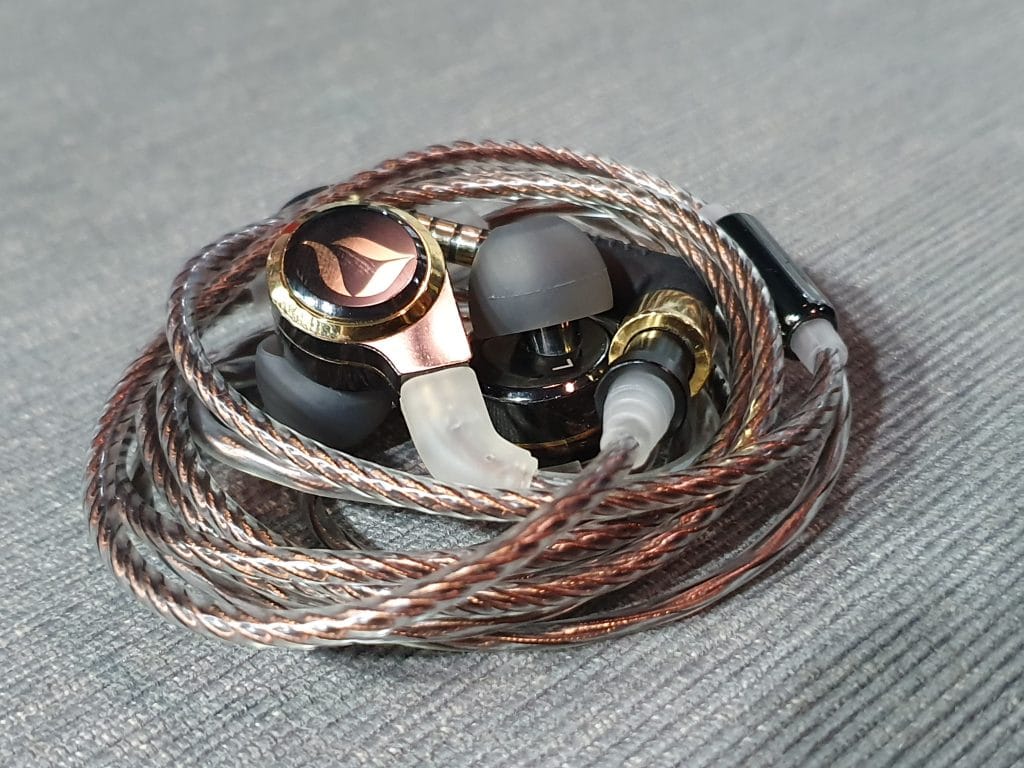
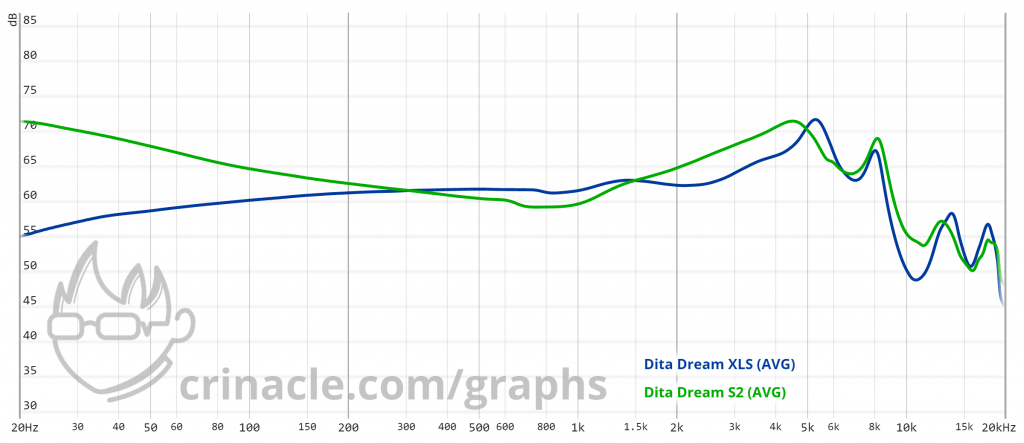

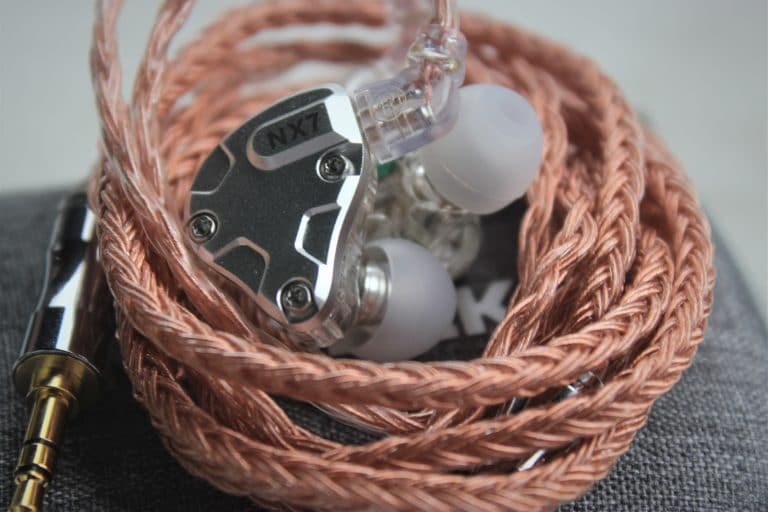

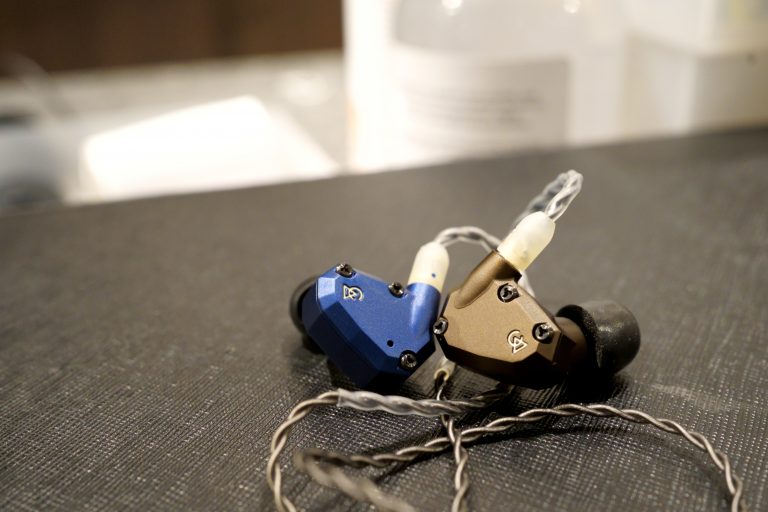
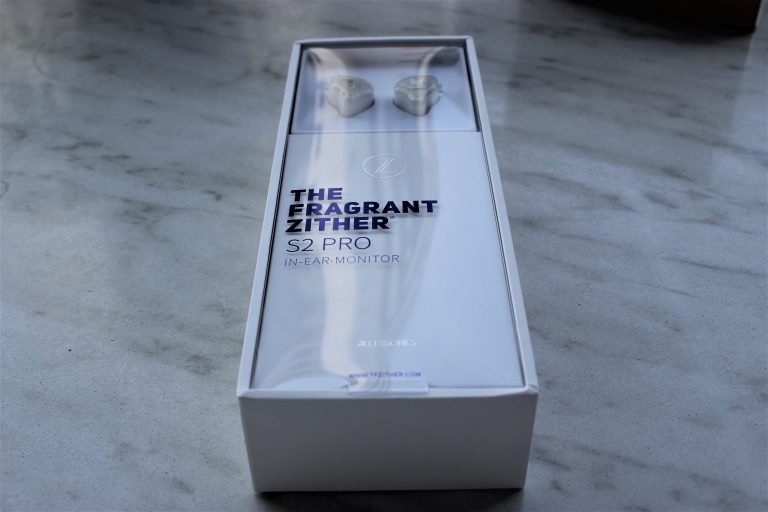
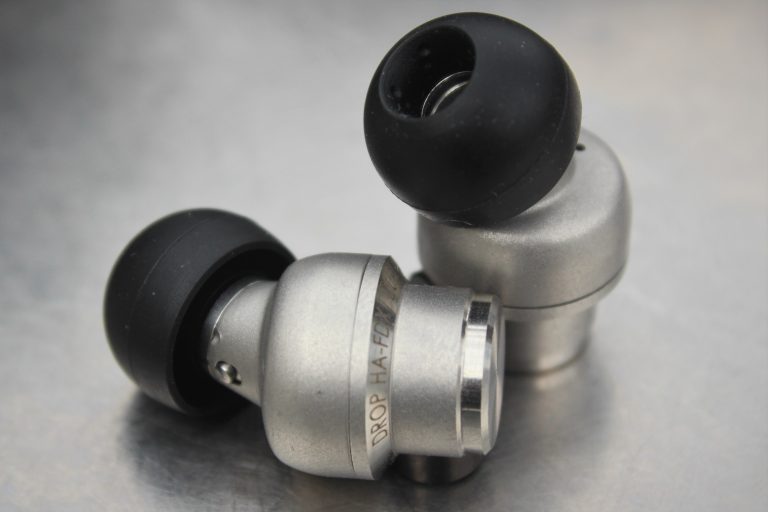

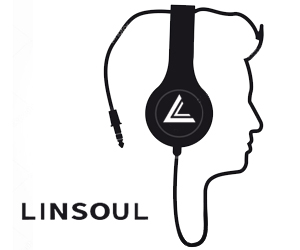

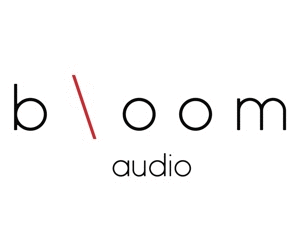
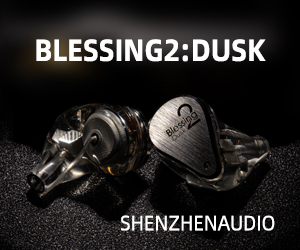
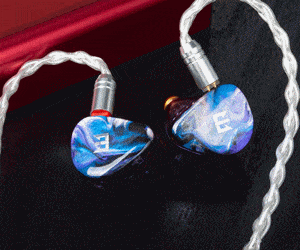

1 thought on “[Cliffnotes] Dita Dream XLS: Xtra Low Satisfaction”